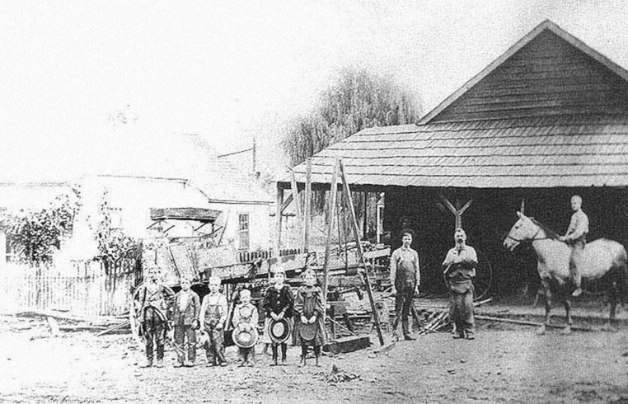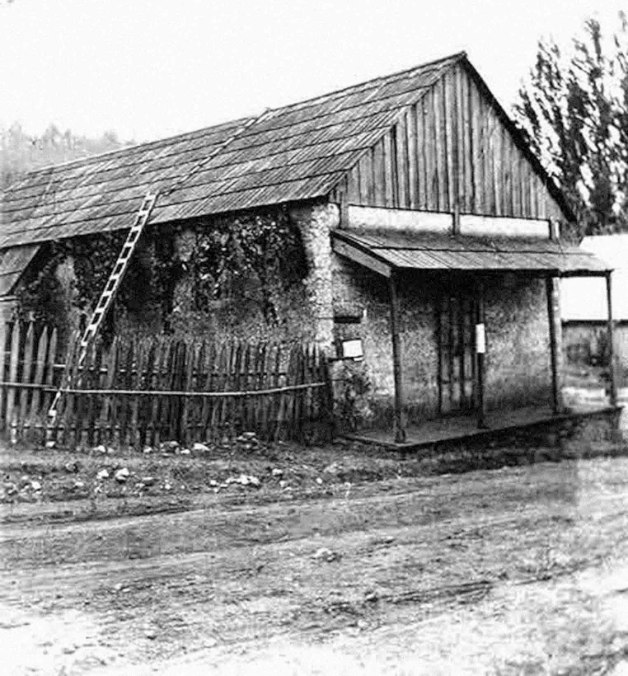Newtown
May 29, 2014 03:41PM ● By Style
Newtown School (1880s) - Photos courtesy of John Gardella
by Jerrie Beard
A stone building with iron doors near the eastern intersection of Newtown Road and Fort Jim Road is one of the few remains of Newtown, a Gold Rush town that once boasted a population of more than 5,000.In 1848, Mormons traveling from Placerville to Salt Lake discovered Newtown just eight miles southwest of Hangtown. They came to a long, narrow valley and dubbed it Pleasant Valley, a moniker still in use. They stopped and built a corral to rest their animals; on the South Fork of Weber Creek, near the present intersection of Snows Road and Newtown Road, a second corral was crafted. As their animals feasted on abundant grasses, the Mormons prospected the ravines and gulches—and discovered gold. But, as mining wasn’t their objective, the group moved on, cutting a trail now know as Mormon Emigrant Trail to Carson Valley.

In February 1849, several of the Mormons returned to Placerville, and news of their find near Pleasant Valley spread. By July, when the first influx of overland emigrants began coming across the Mormon Trail, miners were working the ravines and gulches around present-day Newtown. Many emigrants stopped to join them and built cabins.
Two mining towns, Iowaville and Dog Town, sprung up along present-day Snows Road. In 1852, when three ditches were constructed to bring much-needed water to the diggings, Newtown was formed, only half a mile from Dog Town. Israel Clapp, Newtown’s founder, put up a store, which was followed by a hotel, school, butcher shop, breweries, distilleries, blacksmith shop, tenpin alley and numerous saloons and dance halls. In 1854, the Newtown Post Office opened in the “stone store” that still stands on Newtown Road.

The pride of Newtown was Kaler’s Brewery, located across the street from the “stone store.” In 1854, a road was constructed (primarily with Chinese laborers) between Placerville and Newtown, and the Wells Fargo Express served the town three times a week. Many notable personalities pepper the town’s history. Snowshoe Thompson delivered mail in the area; James Marshall visited the town’s drinking establishments and was a friend of the residents; a confederate sympathizer known as Doc planned to hide firearms for the Army of the Pacific in Dead Head Gulch; John “Black Jack” Perkins, a former slave who bought his freedom with the gold he found, raised pigs on his Newtown property; and Dr. Samuel Snow, for whom Snows Road is named, was the town’s obstetrician and operated a hydraulic mine along the North Fork of Weber Creek.
In 1872, a disastrous fire started in Kaler’s Brewery and soon destroyed most of Newtown. Although it never recovered its former grandeur, mining continued into the 20th century. The predominantly Italian population that remained, gave it the nickname “Sunny Italy” for many years.
Once one of the richest and busiest mining areas in the county, Newtown now remains a quiet, peaceful valley.

